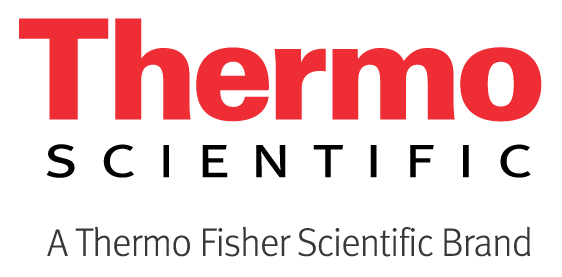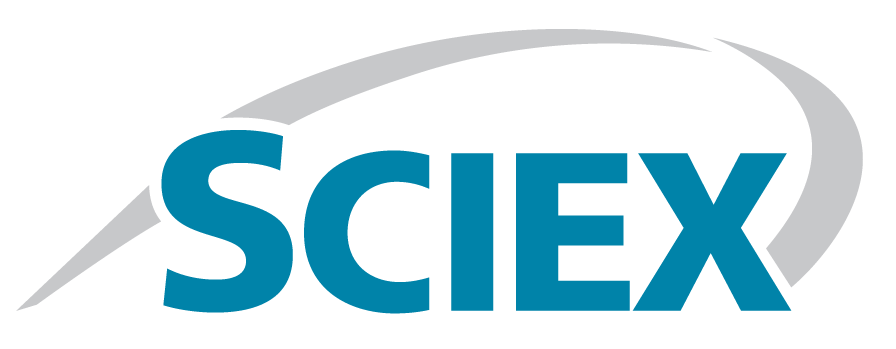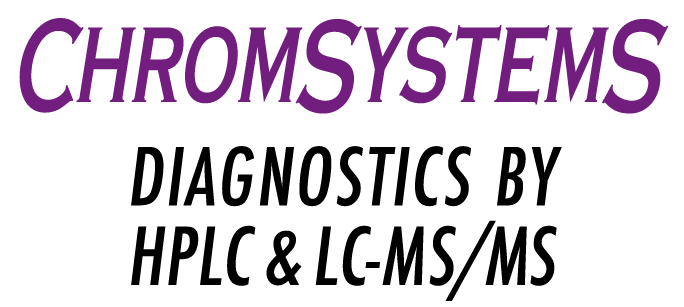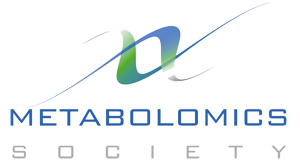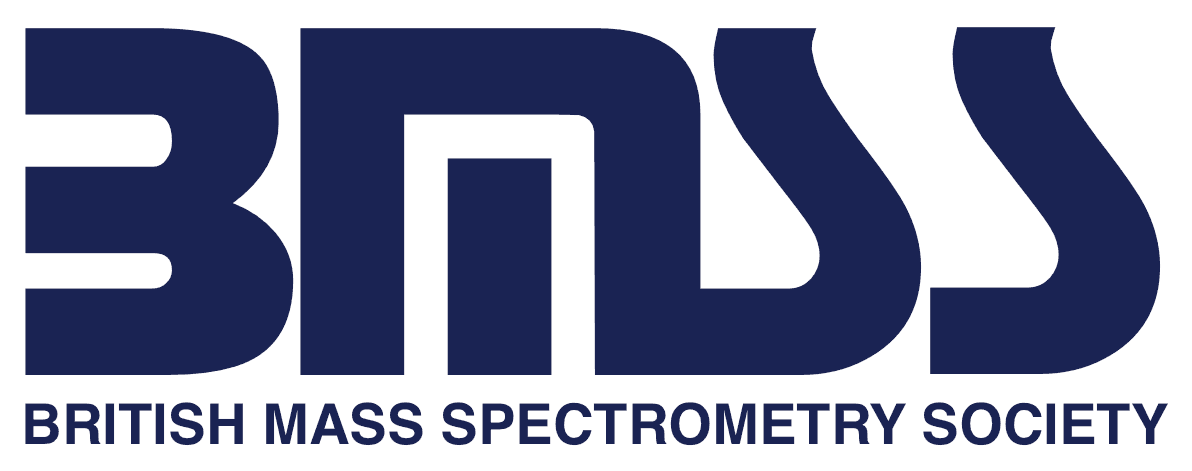MSACL 2016 EUSalzburg, Austria : Sept 12-15 |
Details
MSACL EU
|
Plenary Lecture Series
 | >> Wednesday 9:00 @ Mozart Hall Metabolomics Enabling Personalized Medicine Thomas Hankemeier Leiden University/Netherlands Metabolomics Centre Metabolism is at the core of physiology and therefore metabolomics is ideally suited to assess someone’s health state. In this presentation strategies are discussed how personalized medicine can be realized by using metabolomics and by integrating it with other omics data. Examples are shown how disease pathology can be studied using metabolomics in clinical studies, and how mechanistic insights can be obtained using advanced in-vitro models and translational metabolomics. Pharmacometabolomics can help to study how pharmacology modulates disease pathology, and to predict efficacy and adverse effects of pharmacological interventions . An outlook will be given how metabolomics will impact clinical research and ultimately clinical decision support. |
 | >> Wednesday 16:45 @ Mozart Hall What We Can Learn from a Drop of Urine – Metabolomics at its Earliest: Discoveries of Bile Acid Synthesis Disorders, a New Category of Fatal Metabolic Liver Disease and Development of a Treatment Kenneth Setchell Cincinnati Children's Hospital Medical Center This presentation will highlight how mass spectrometry was successfully applied to define new genetic defects in the cholesterol-bile acid biosynthetic pathway as a specific class of metabolic liver disease. Bile acid synthesis disorders due to single enzyme defects generally present in infancy or early childhood with a progressive cholestatic hepatitis that, unchecked, lead to cirrhosis, liver failure, and death. Prior to the seminal work of Setchell and colleagues in identifying 6 genetic diseases as discrete entities, and conceiving of an effective therapy, children with these autosomal recessive diseases either underwent liver transplantation, or more commonly, were given supportive care until they died of liver failure of unknown origin. To be described are the combined use an untargeted and targeted approach with FAB-MS, GC-MS and ESI-LC-MS/MS that led to the elucidation of the biochemical basis of these diseases, the development of an international screening program, and the evaluation of the therapeutic responses that served to ultimately gain regulatory approval from the FDA for a life-saving therapy based on oral administration of cholic acid. This application of mass spectrometry to clinical chemistry has been a game-changer that has led to a radical change in the evaluation and treatment of patients with idiopathic progressive familial intrahepatic cholestasis syndromes.1 |
 | >> Thursday 9:00 @ Mozart Hall Molecular Tissue-Typing in Clinical Translational Research: Towards Precision Medicine Ron Heeren Maastricht University A multimodal approach for molecular imaging for clinical studies is trending the field of imaging mass spectrometry. More and more researchers realize that a single technology provides only a subset of the molecular information needed to obtain an in depth understanding of a clinical problem. Multimodal approaches enable the study of clinical samples at a variety of molecular and spatial scales. The molecular complexity on the genome, proteome and metabolome level all needs to be taken into account. The distribution of several hundreds of molecules on the surface of complex (biological) surfaces can be determined directly in complementary imaging MS experiment with different desorption and ionization strategies. |
 | >> Thursday 9:45 @ Mozart Hall Frontiers of Orbitrap Mass Spectrometry Alexander Makarov Thermo Fisher Scientific The talk provides an overview of a short but eventful history of Orbitrap mass spectrometry, from laying down the first principles of the technology to its current status in mainstream mass spectrometry as the leading technique for high-resolution, high mass accuracy quantitative analysis. While describing new possibilities arising from the recent extensions of two latest families of instruments, Fusion and (Q) Exactive, a special emphasis is placed on technical solutions that enhance quantitative analysis in these instruments. Future trends and perspectives of Orbitrap mass spectrometry are discussed, particularly in relation to high-throughput clinical analysis. |


